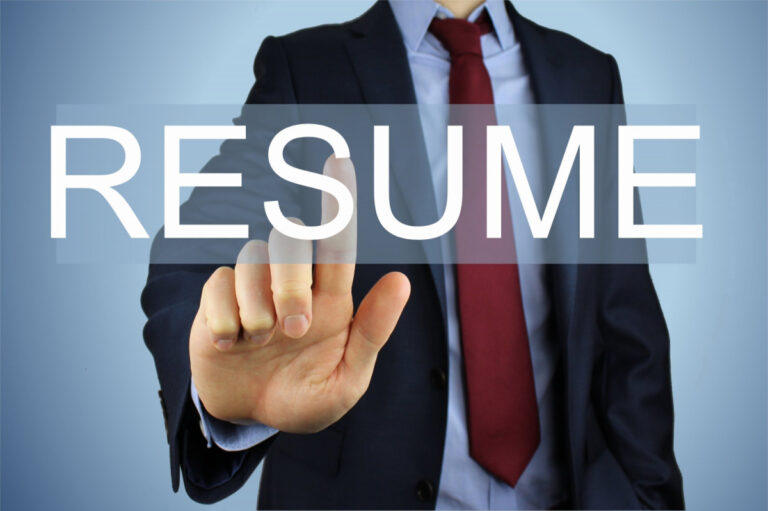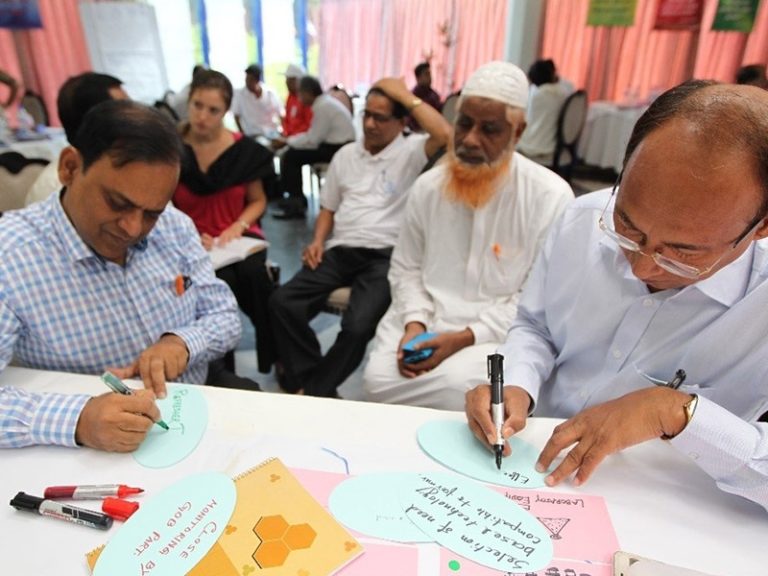In today’s competitive job market, your resume is often your first impression on potential employers. The inclusion of a photo can make or break your application, depending on various factors. As we move into 2024, it’s essential to understand what makes the perfect photo for your resume.
Creating a standout resume photo
When thinking about how to create my CV now, one aspect that shouldn’t be overlooked is your resume photo. A professional-looking photo can enhance your chances of landing an interview. But what exactly constitutes the perfect resume photo?
Passport-sized photo vs. custom sizes
Choosing the right size for your resume photo is critical. While some regions prefer standard passport-sized photos, others may accept slightly larger custom sizes. Following regional norms ensures your resume meets local expectations.
A typical passport-sized photo might be sufficient for most resumes. However, it’s crucial to focus on other aspects beyond just size to ensure your photo stands out positively.
The importance of professionalism
Your resume photo should always be a high-resolution, professional-looking photo. This means saying goodbye to selfies and casual snapshots. Invest in a good quality camera or hire a professional photographer to capture your best version.
A high resolution is a non-negotiable factor because it reflects your attention to detail. Blurry, pixelated images give off an unprofessional vibe and could harm your chances during the hiring process.
Front-facing headshots
The type of photo you choose is equally important. Always opt for a front-facing headshot that captures you from the shoulders up. This allows your facial features to be clearly visible, making a stronger impact on recruiters.
A front-facing headshot looks more formal and approachable compared to angled shots. It adds to your credibility, making you seem confident and prepared.
Background choices
Selecting the right background is vital for creating a compelling resume photo. Opt for a solid light background which enhances the focus on your face. Neutral colors like white, beige, or soft gray are usually ideal.
A busy or colorful background can distract from your appearance and may not follow resume photo guidelines. Stick to simple backgrounds to look clean and refined.
Lighting matters
Proper lighting can make a significant difference. Natural lighting works best but if unavailable, use soft indoor lights. Avoid harsh shadows or overly bright settings as they can distort your features.
Make sure your face is evenly lit to avoid any unflattering shadows or highlights. Good lighting will contribute to a well-rounded professional look, enhancing your physical appearance.
Dressing for success
Wardrobe choices can dramatically impact how you’re perceived in your resume photo. Dress in business attire that matches the level of formality expected in your industry. Neutral colors and classic styles tend to work best.
It’s advisable to avoid overly flashy or casual clothes. Remember, your outfit should not distract from your face but should reflect the professionalism you bring to your role.
Grooming and styling tips
Grooming is paramount when preparing for your resume photo. Neatly styled hair and a clean-shaven look or a well-trimmed beard can present you in the best light. Minimalistic makeup can also add a touch of polish without being distracting.
Being well-groomed in your photo speaks volumes about your personal care habits, indirectly hinting at your workplace discipline and dedication.
Psychological impact
Believe it or not, your resume photo plays a role in hiring process bias. Unconscious biases based on appearances are real, and while unfortunate, they are something to consider. Presenting yourself in the best possible manner can help mitigate negative assumptions.
Focus on appearing approachable yet authoritative. A friendly smile can go a long way in making a positive first impression, showing you as both competent and personable.
Industry-specific norms
Different industries have different expectations regarding resume photos. For instance, creative industries might appreciate a bit more flair, while corporate roles demand utmost formality. Understanding industry-specific norms is key to selecting the right photo style.
Research similar roles within your field to get a sense of what works best. Tailoring your photo according to your industry can align well with employers’ expectations and increase your chances of fitting in effortlessly.
Technical considerations
Beyond aesthetics, there are technical elements to take into account. Ensure your photo file size is optimized for digital submissions. Oversized files can be cumbersome and may even prevent your application from being received correctly.
Naming your file appropriately, such as “Firstname_Lastname_ResumePhoto.jpg,” can also aid organizations in handling your application smoothly. Proper file management reflects well on your organizational skills.
File format options
JPEG and PNG are generally acceptable formats for resume photos. JPEG files are smaller in size, making them perfect for online applications. PNGs, though larger, retain better quality for printing needs.
Choose the format that balances quality and file size requirements effectively. This small but crucial step can enhance the overall presentation of your resume.
Cultural considerations
Understanding cultural sensitivities can guide you in selecting the appropriate resume photo. Some cultures may find certain expressions or appearances unacceptable. Aligning with these cultural norms can show respect and increase your chances of a positive reception.
Additionally, certain regions might have specific requirements for resume photos. Adhering strictly to these regional norms shows your adaptability and keen attention to detail.
Physical appearance importance
While less talked about, physical appearance does play a role in creating a favorable impression. Appearing neat, confident, and approachable can significantly boost your resume’s effectiveness.
Avoid any extreme alterations or edits that can mislead. Keeping it natural yet polished reinforces trustworthiness and authenticity, traits highly valued by employers.
The psychological edge
Last but not least, having a great photo offers a psychological edge. Knowing you look your best can boost your confidence, translating into stronger overall performance throughout your job application process.
This added self-assurance can come through in interviews and interactions, leaving a memorable mark on hiring managers.
The complete package
Ultimately, the perfect photo complements the rest of your resume. When all elements—content, format, and visual appeal—align harmoniously, your chances of securing an interview rise incrementally.
- Professional-looking photo: Keep it sharp and crisp.
- High resolution: Higher quality leaves a lasting impression.
- Hiring process bias: Mitigate unconscious biases by presenting an approachable image.
- Regional norms: Follow local customs for best results.
- Industry-specific norms: Tailor your photo to suit your targeted job sector.
- Resume photo guidelines: Stay updated on current trends and rules.



